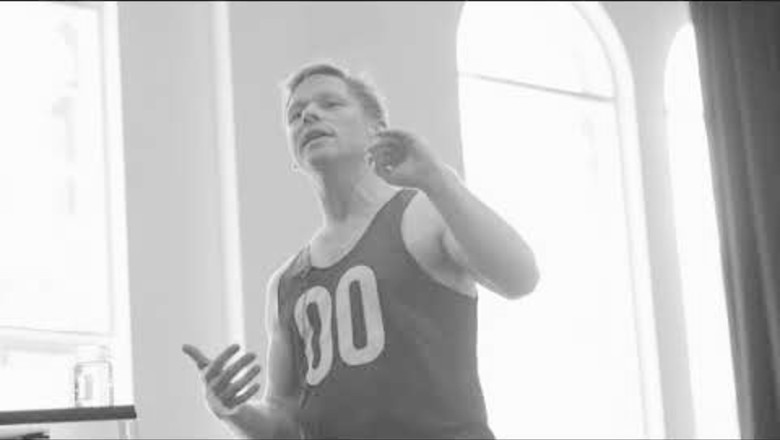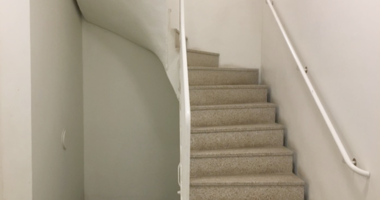Movement Material

MOVement material
In this Artistic research Head of Fine Arts in Dance and Choreography Rasmus Ölme focuses on practical and theoretical investigations of the materiality of movement.
about the project
The aim of the project is to investigate a material approach to movement. Movement is often understood as immaterial and ephemeral. Yet, movement only reveals itself through materialization and in the case of dancing, movement becomes manifest through the material body. There is thus an interesting paradox between the material and the immaterial taking place while moving. Ontologically one could say that movement cannot be, but only happen. To move is to relax the suspensory power that holds movement back – to let movement happen. The shift that this approach to movement can produce can be described as the difference between on one hand doing a movement and on the other creating the circumstances for a movement to appear. To develop the skills to recognize such an emergence of movement in one’s own body one needs to become more sensitive to one’s material body. To do so one needs to differ between the tactile, kinetic experience of one’s own movement and the visual manifestation the movement produces in time and space. This attunement between moving and being moved shows a glitch within the logics of cause and effect. To engage in dancing with such an approach means to let go of the convention of self-expression to become a thing that feels by moving an being moved.
The project is supported by the Ministry of Culture Denmark and durates from January 2017 to June 2018.
PARTICIPANTS
Dialog partner: Chrysa Parkinson, Jan Burkhardt and Shai FaranCo-researchers: Svärmen (The Swarm) consisting of Linda Adami, Dan Johansson, Tilman O’Donnel and Ellen Söderhult







